Advice from a farmer-turned-gardener
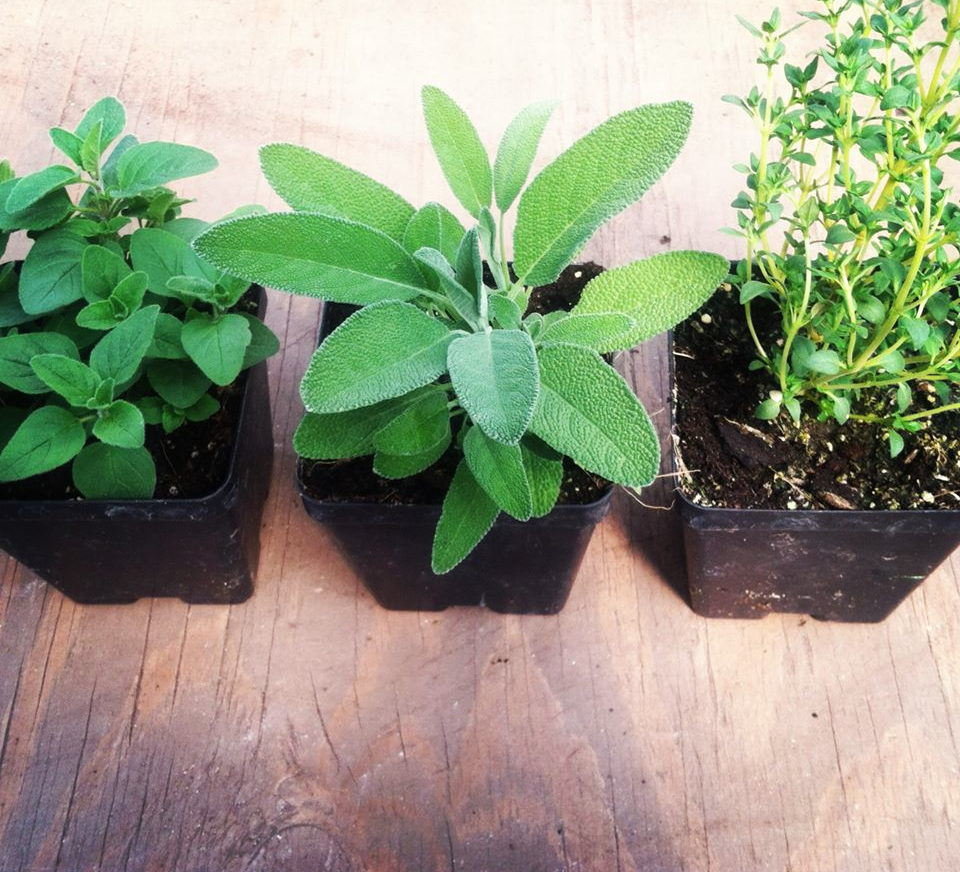

Weeds can become a headache for even the most experienced of growers. Many weeds are easy to get rid of if you stay on top of them while others can be harder to control no matter how hard you try. The following guide focuses on some of the most challenging weeds in Michigan and how to control them organically.
While our focus here is on 5 most common noxious weeds found in gardens and farms in Michigan, many of the methods for control can be used with a variety of different weeds and in different climates.
This noxious perennial weed is, by my vote, the most difficult to eradicate from the garden.
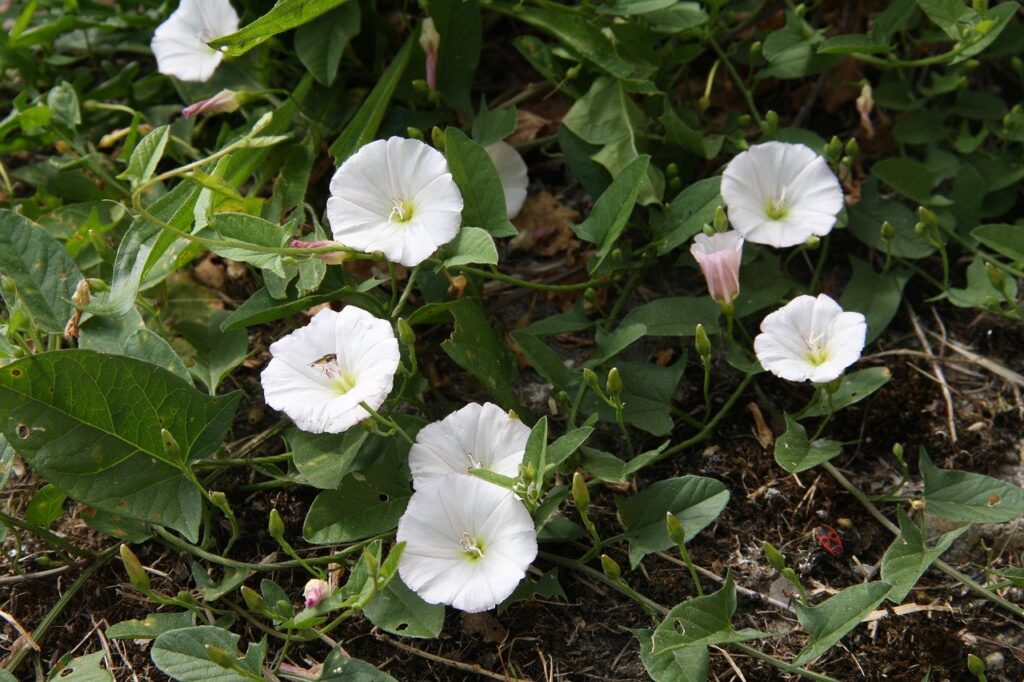
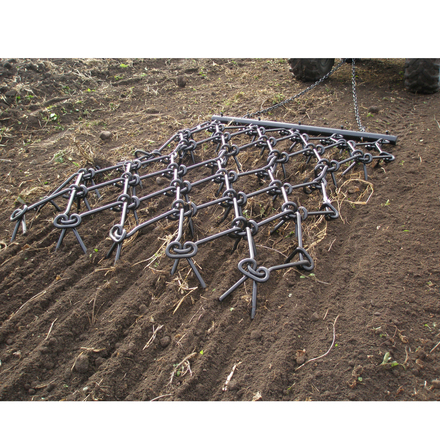
Using cover crops as competition can help knock back bindweed on larger plots prior to cultivation. Thickly seeded Sorghum Sudangrass and Sunflowers are effective competitors.
Quack Grass gets the runner-up prize for second most invasive perennial weed in my experience
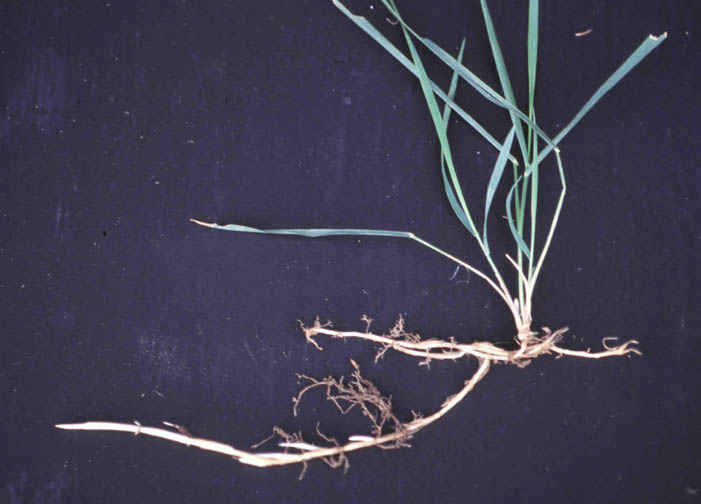
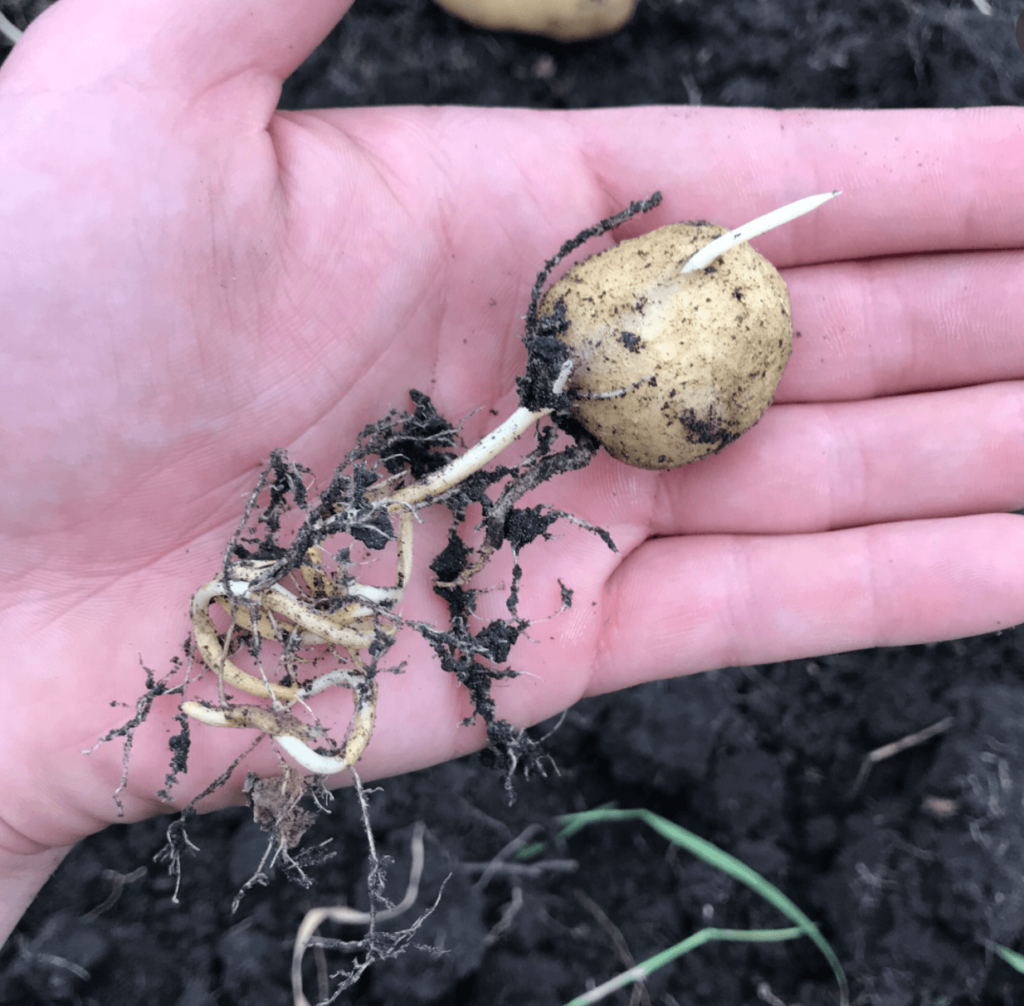

This is in the springtime, when plants are using the resources (sugars) in their rhizomes to sprout above-ground plants
This rapidly growing perennial can wreak havoc if you let it get away from you
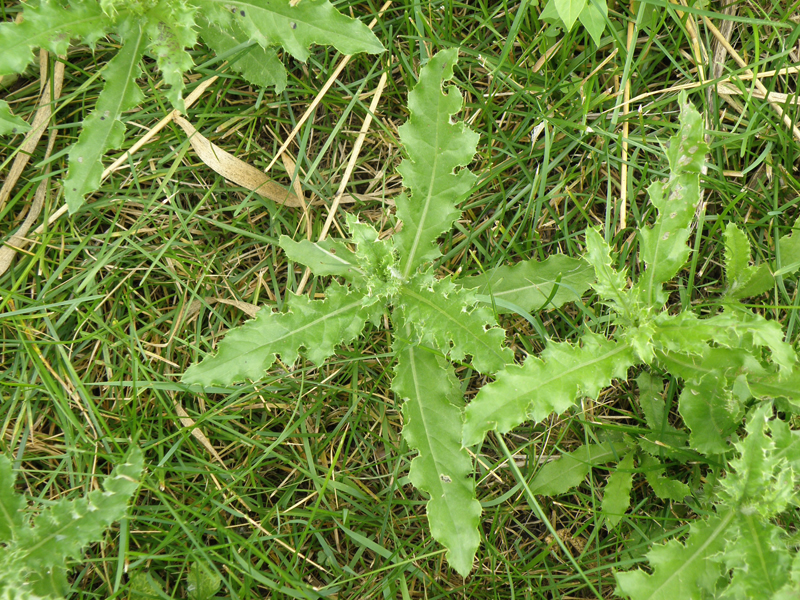
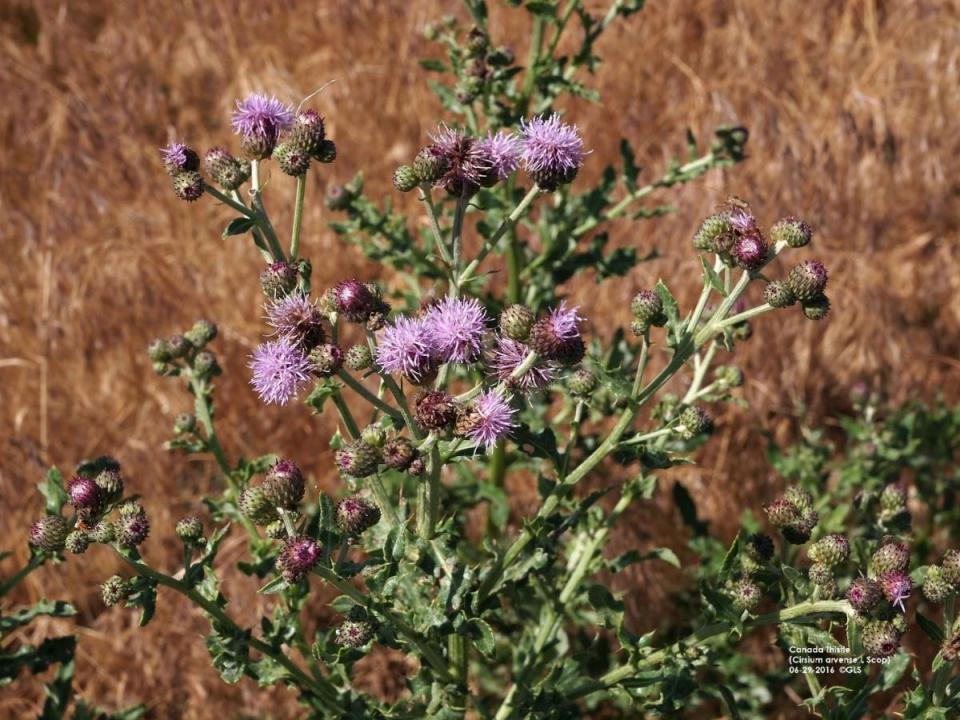
As with quackgrass, springtime is the best time to control Canada thistle organically, when plants are using the resources in their root systems to sprout above-ground plants
As mentioned above, Canada thistle seed travels by wind similar to dandelion seed and can remain viable for up to 20 years!
This trickster is sometimes mistaken for annual grass but can be very difficult to get rid of without consistent effort.
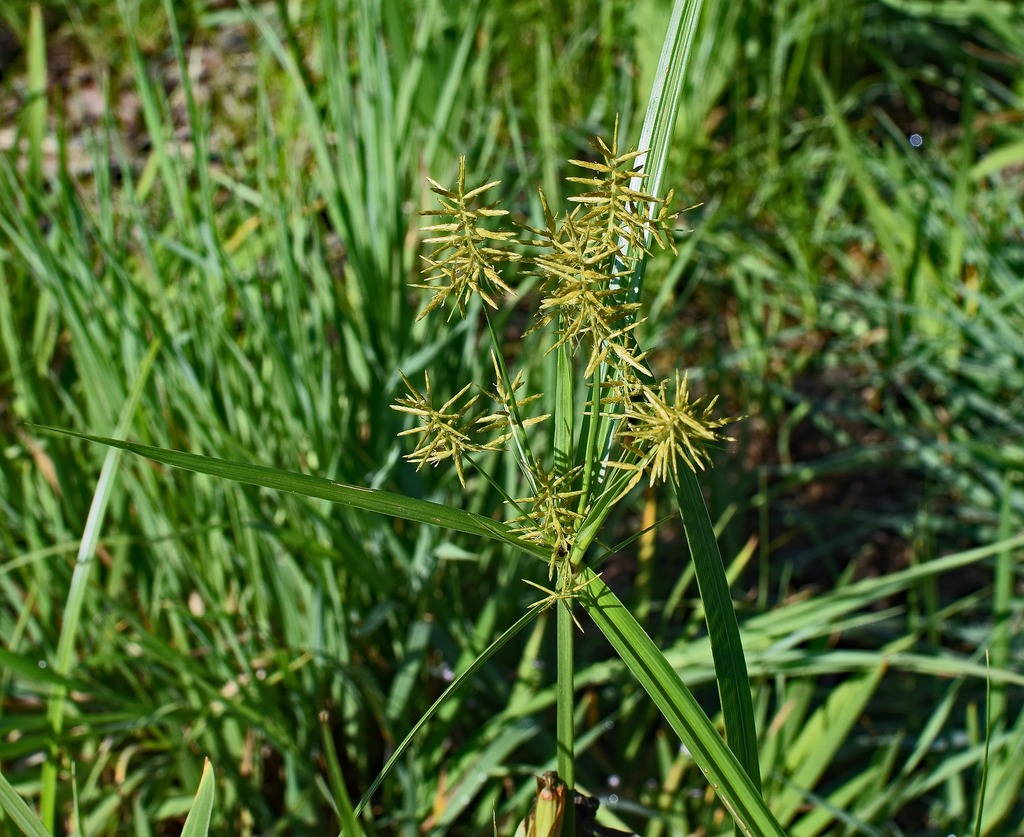
Simply pulling these weeds doesn’t work because the top of the plant detaches from its roots easily, leaving the nut behind to reproduce. These can be found 1-6 inches below the surface of the soil. Leave it behind and more will grow!
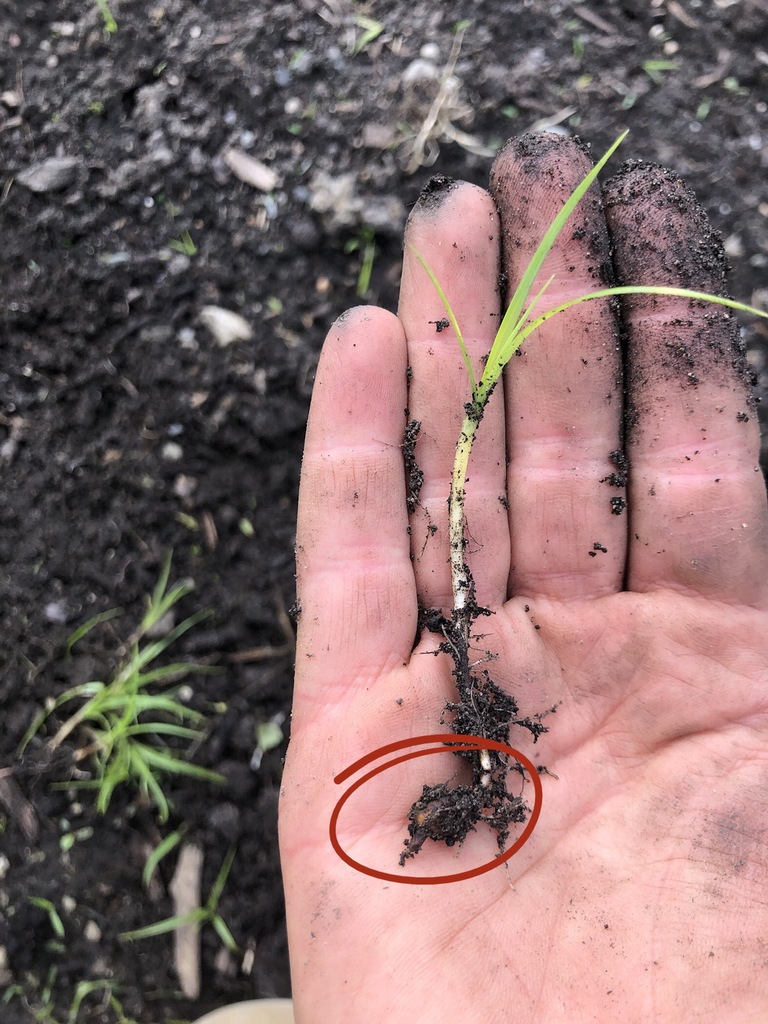
When plants are small, nuts tend to be closer to the surface of the soil and easier to remove without disturbing the garden
This aggressive annual weed is an unsuspecting one that tends to fly under the radar until it’s a problem. It’s commonly called quickweed because of how quickly it goes to seed and begins another generation.
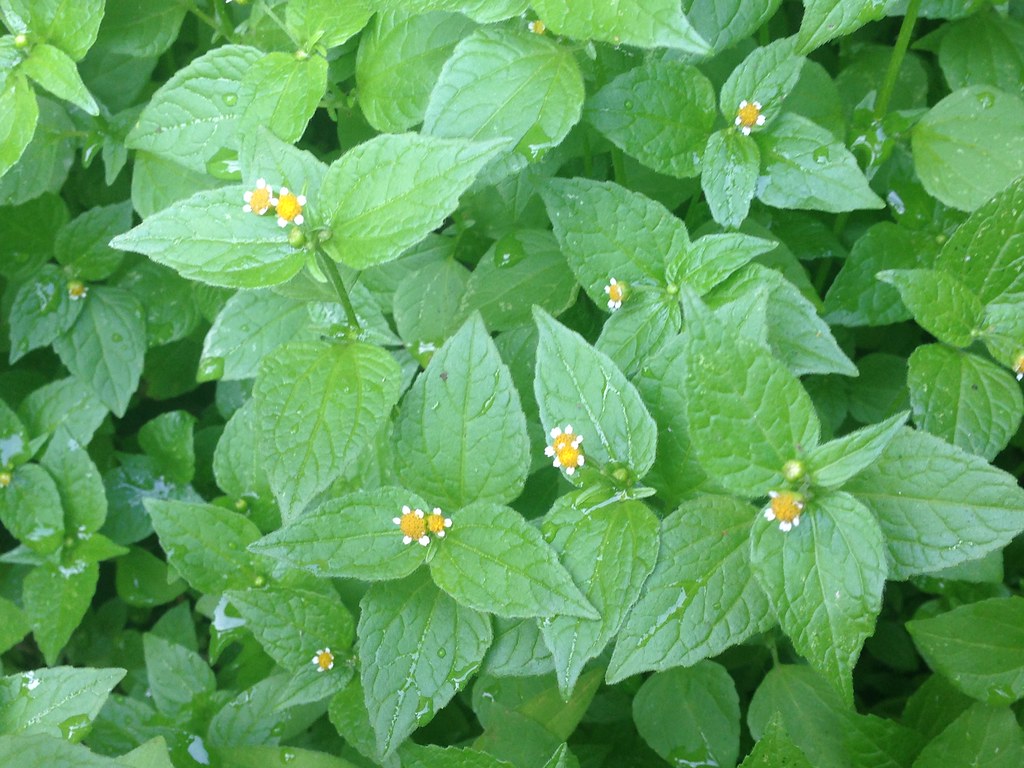
This should be done 2-3 weeks prior to planting.
Using cover crops as competition can help knock back galinsoga on larger plots prior to cultivation.
Make sure to remove the entire plant when weeding. Galinsoga can easily regrow from stems and roots left behind in moist soil
Never add noxious weeds to your compost pile. While the high temperatures of a well-managed pile should theoretically kill off seeds and rhizomes of these plants, it’s definitely not worth the risk if you plan to spread the compost anywhere on your land. Consider burning or throwing away all parts of noxious weed plants.
Many of the weeds that appear in the gardens and farms I’ve worked have come in through compost I’ve purchased. If you’re buying in bulk, make sure you’re buying from a trusted source. Ask for turning and temperature records – piles should be turned every three days over the course of two weeks and reach an internal temperature of between 131-170 degrees daily.